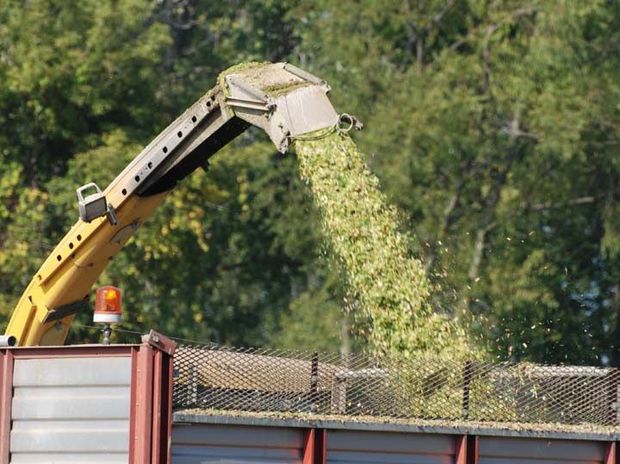
Finding the right balance between Sorghum silage and corn silage may provide economic advantages.
Numerous factors, including water shortages, high feed prices and starch availability/requirements, are luring some dairy producers into planting alternative crops. “Sorghum silage, for example, is gaining attention as an appealing substitute for corn silage as people search for drought-friendly crop solutions,” says Dr. Margaret Winsryg, technical support specialist with Calibrate® Technologies, based in Idaho.
Sorghum requires considerably less water than corn. This hardy, drought-tolerant plant can thrive even when rainfall and/or irrigation is limited, making it a logical choice for areas facing water supply issues. Sorghum seeds are much less expensive than corn seeds, therefore, the input costs for growing sorghum are lower than corn. Sorghum may also yield nearly the same tonnage per acre as corn.
When it comes to overall forage quality however, there are differences and anyone planting sorghum silage needs to be aware, so the differences can be managed accordingly. Similar in protein but lower in energy, sorghum silage offers significantly less starch. This means it cannot serve as a full replacement to corn silage without additional ingredients or forages being added to the diet. The starch content of sorghum silage runs between 11 and 16 percent, whereas corn silage, known for its high energy and digestibility, provides starch levels between 25 and 35 percent.
“Starch availability is an important factor to consider when deciding between these two plants as it can directly impact feed intake, milk production and component levels,” notes Winsryg. “When substituting with a low-starch option like sorghum, one must calculate the amount of rumen-degradable starch (RDS) that needs to be compensated for in the diet. In some situations, a producer may have to feed more grain to maintain the same amounts of RDS and rumen fill found in corn silage.”
Feeding too much starch can also be problematic. This is a concern when feeding high levels of corn silage, particularly if it’s a hybrid that produces a very high starch yield. An overabundance of starch can cause problems similar to a lack of starch – lowered intakes, milk fat depression and production losses.
Starch digestibility can increase the longer a crop is ensiled. When a silage pile is first opened, the amount of starch digested in the rumen typically aligns with a cow’s dietary needs. But as time passes, starch digestibility can increase. If the silage was first opened in November, feeding the same amount of corn silage in February may provide more starch because the feed’s degradability has increased during storage. As a result, some of the corn silage may need to be exchanged for alternative forages that contain less starch or lower ruminal starch digestion in order for cows to maintain milk components.
Find the right balance – starch testing assists with feeding decisions
Monitoring RDS levels year-round on an every-other-week basis can help dairy producers and nutritionists determine how much starch is available in the ration, allowing ingredients and milk production to be optimized while also potentially reducing ration cost.
“When making any decisions on what crops to feed, make sure you carefully consider starch requirements first so as to not compromise dietary success,” warns Winsryg. “Hybrid selection plays an important role with crops to ensure adequate starch and ruminal digestibility.”
Source: Calibrate











